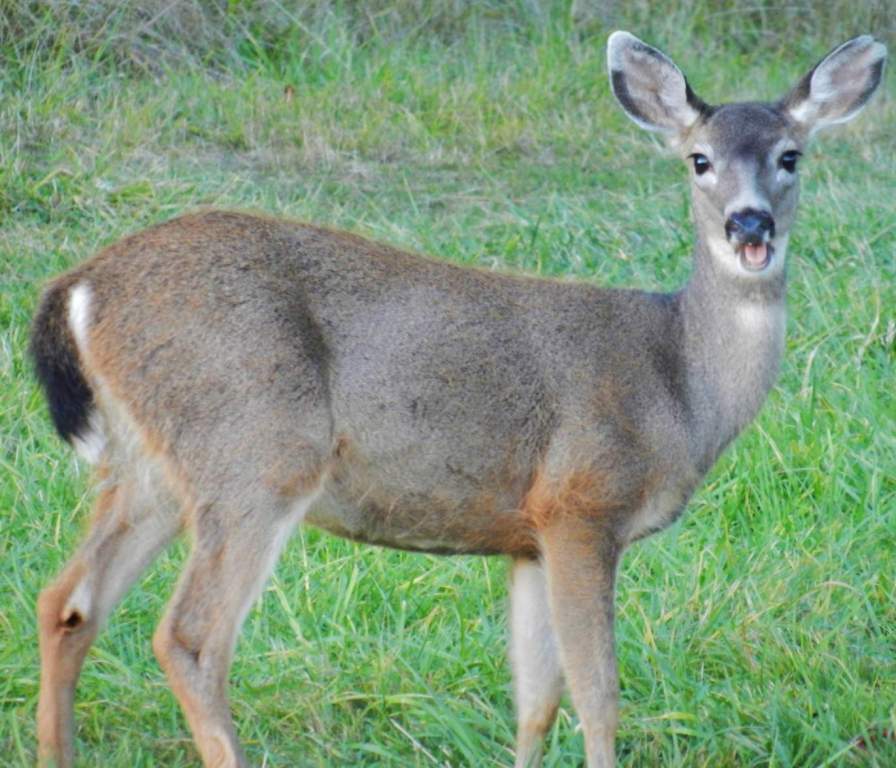The rare Gobi Bear “Mazaalai” is a subspecies of the Brown Bear that lives in the harshest places on Earth. It is on the list of critically endangered species by the Zoological Society of London. Gobi Bear is found in the Gobi Desert of Mongolia. The flimsy ecosystem of the Gobi Desert is being threatened by the advance of human activities. That strengthens the process of desertification and shrinks the traditional natural habitat of the species.
The appearance of Gobi Bear
Gobi Bears are relatively small with brown fur, their head, belly, and legs are noticeably darker and have lighter patches on the neck or chest. Its population is decreasing as only 30 adults alive till 2009. This Desert is separated by enough distance from other brown bear populations to achieve reproductive isolation. The Gobi Desert is the fifth-largest desert in the world sprawling across half a million square miles of Mongolia and China. The desert temperatures are minus 40 °F in winter and 120 in summer.
The Ecology, Genetic Diversity and Behavior of Gobi Bear
Gobi Bear normally eat roots, Wild rhubarb rhizomes, nitrebush berries, rodents, and other plants all of them can be scarce when the bears emerge from hibernation. Female bears make winter hibernation mostly in place in rock caves or amidst deep bushes. The Hibernation period lasts from Nov to May. Only around one percent of the diet consists of meat, mainly rodents, and carrion. They don’t rely to prey on large mammals.
An adult male bear weight is about 96 to 138 kg; however, females are about 51 to 78 kg. As far as genetic diversity which is the lowest ever observed in any species of brown bear? A small population of brown bears in the Pyrenees Mountains on the border of Spain and France has similar levels of genetic diversity.
Based on the study of morphology, the bear has historically been classified as the same subspecies as the Tibetan Blue Bear. Phylogenetic analysis has shown that Gobi Bear represents a relict population of the Himalayan Brown Bear. Sadly so far only 22 Gobi Bears are left in the world. Historically, the decline of Gobi Bear started in the 1960s due to the increase in livestock production around the desert.
Facts of Gobi Bear
Gobi bear (Ursus arctos gobiensis) average life span is 20 to 25 Year. It is also badly affected by climate change. Average annual rainfall in the Gobi Desert fell from 100 to 50 millimeters during a 14-year drought between 1993 and 2007. There is no evidence found that the bears attack or eat any of the other large animals that live in the desert, such as ibex or camels.
Although the Mongolian Government has banned hunting in the Gobi Desert and formed a working group to explore ways of boosting the bears’ population and a new nature reserve to protect their habitat. Researchers have fitted GPS in some bears to collect their habitat data. Which has shown low genetic diversity and no evidence of inbreeding-based disorders? The Year 2013 was declared “Year of Protecting the Gobi Bear” by the Mongolian Government.
Also, Mongolian people have embraced the beleaguered bear as a national treasure, all the more precious for its rarity. The Gobi bears a distinct subspecies, gobiensis, to be an isolated group of the subspecies isabellinus, still found in China’s Tien Shan Mountains and the Himalaya. Hence, time is really running out for this largely forgotten bear in the weird and inhospitable landscape of the desert.
Read More – The Most Beautiful Foxes in the World











